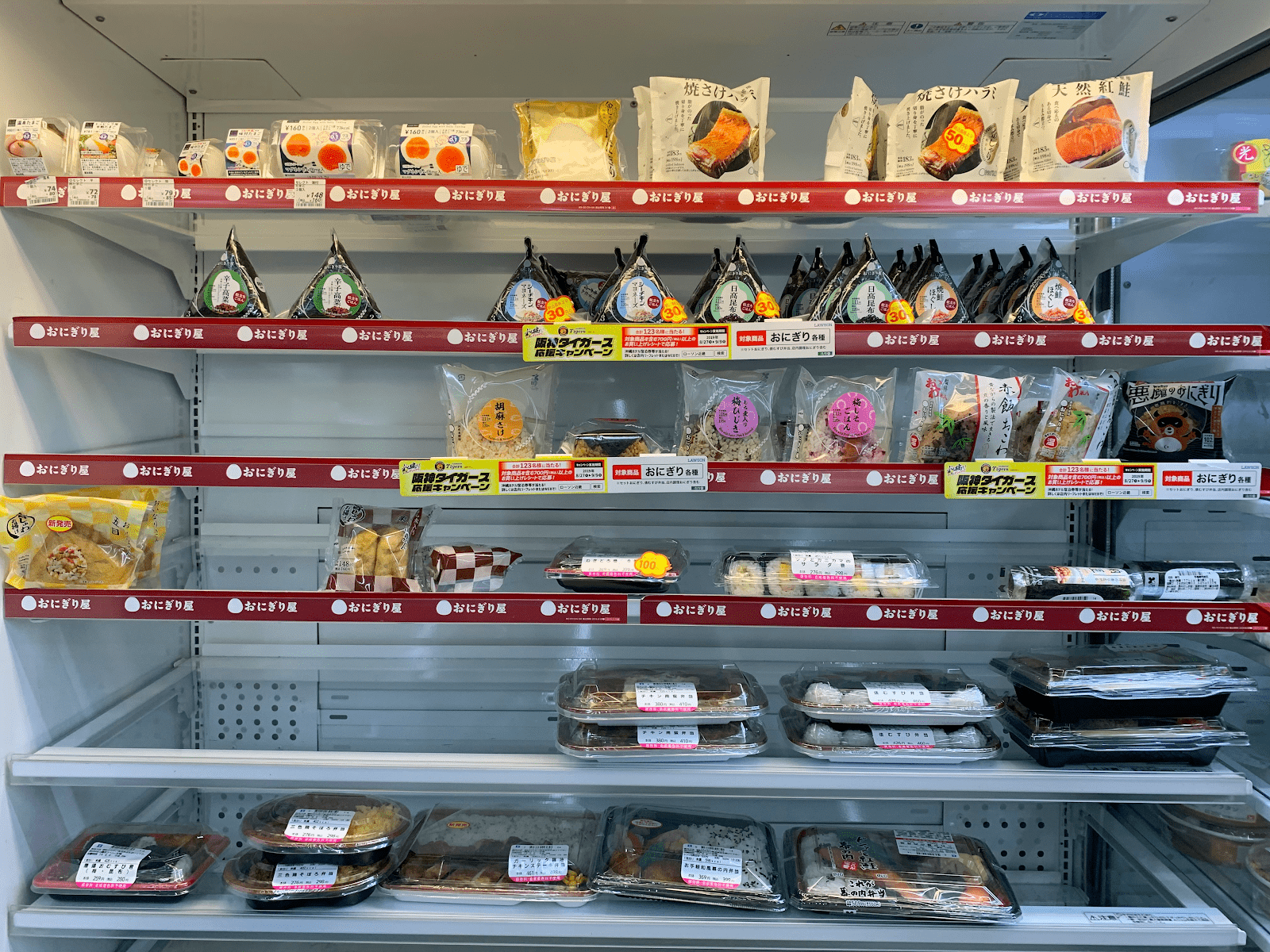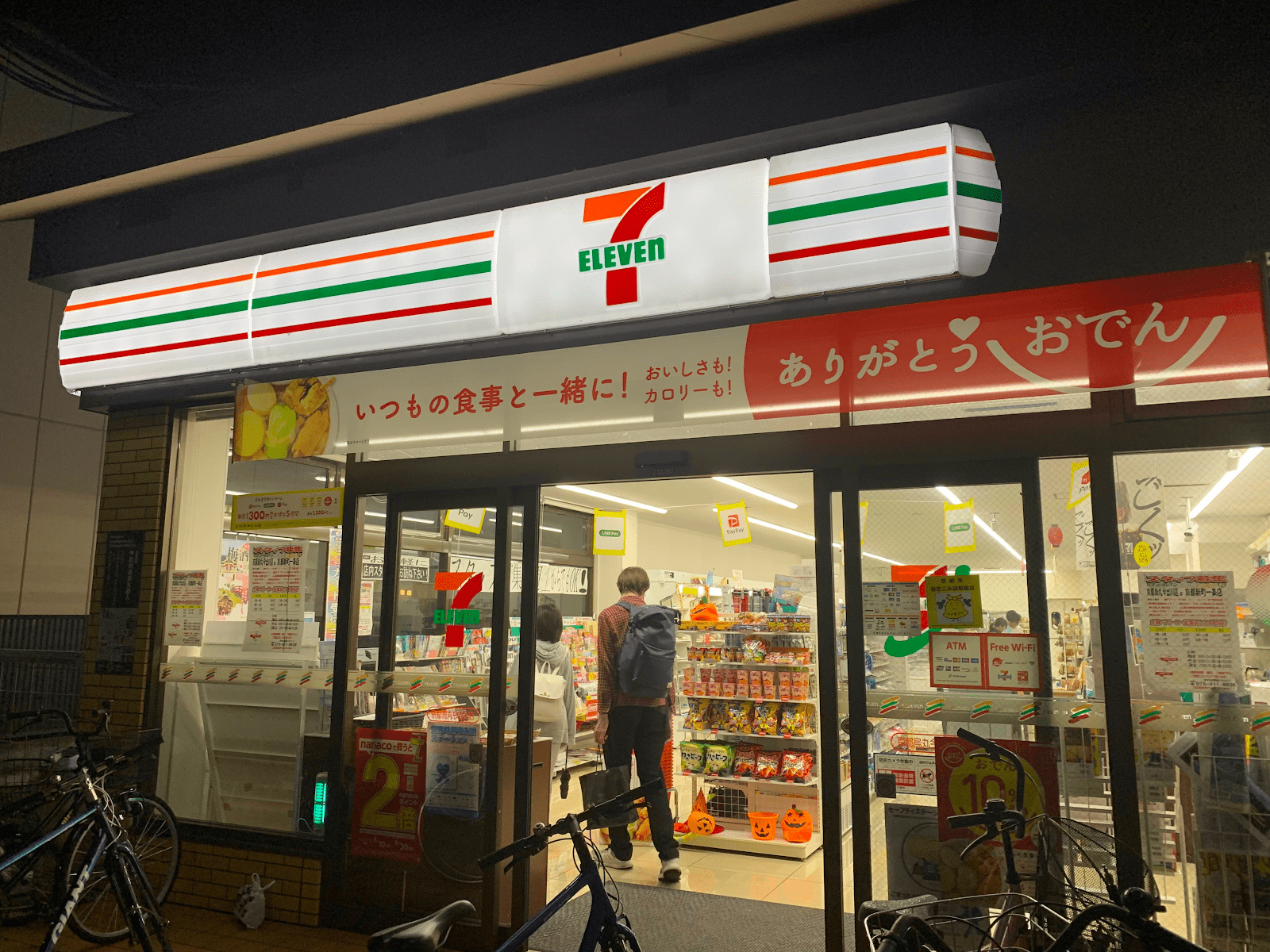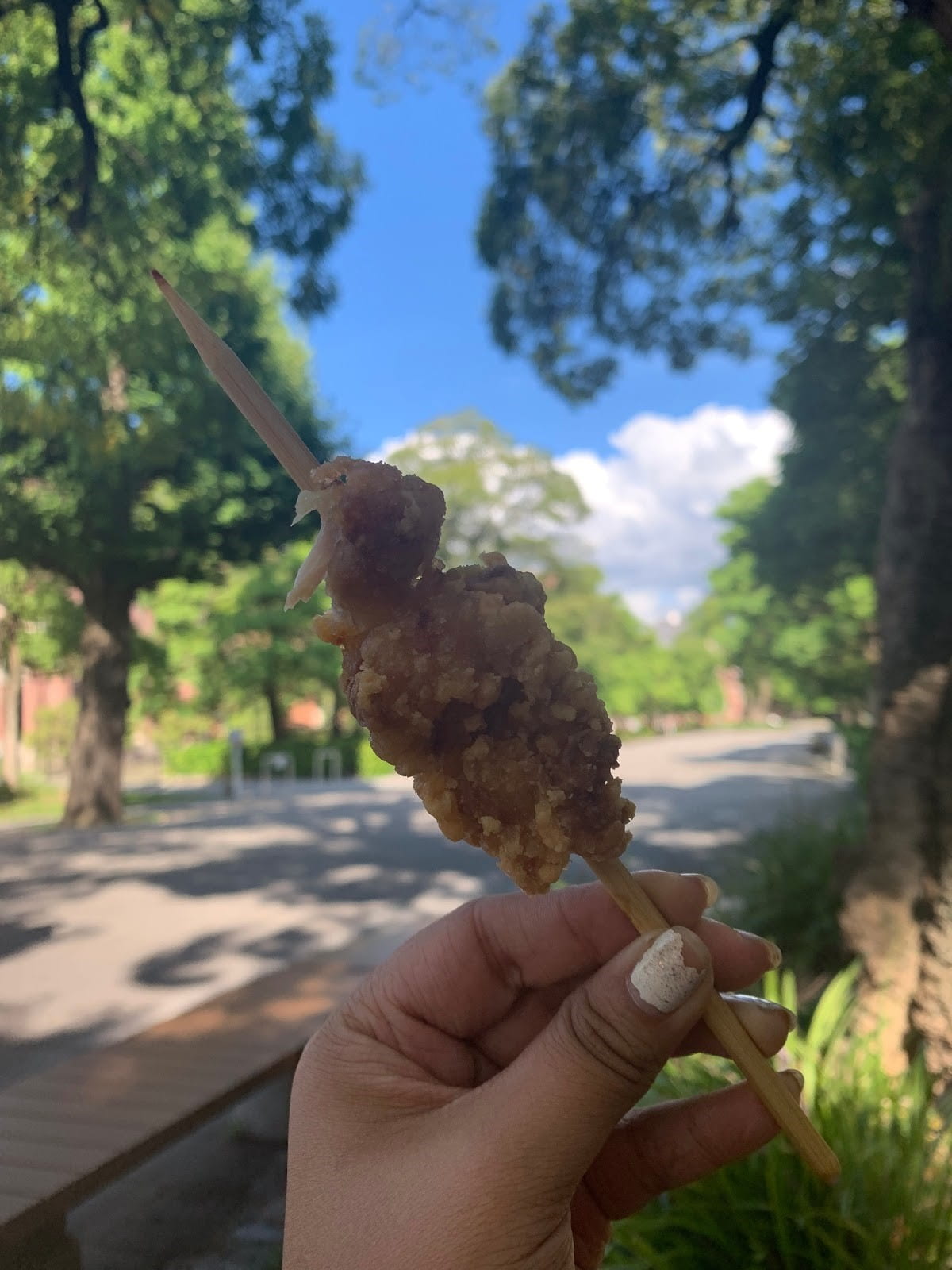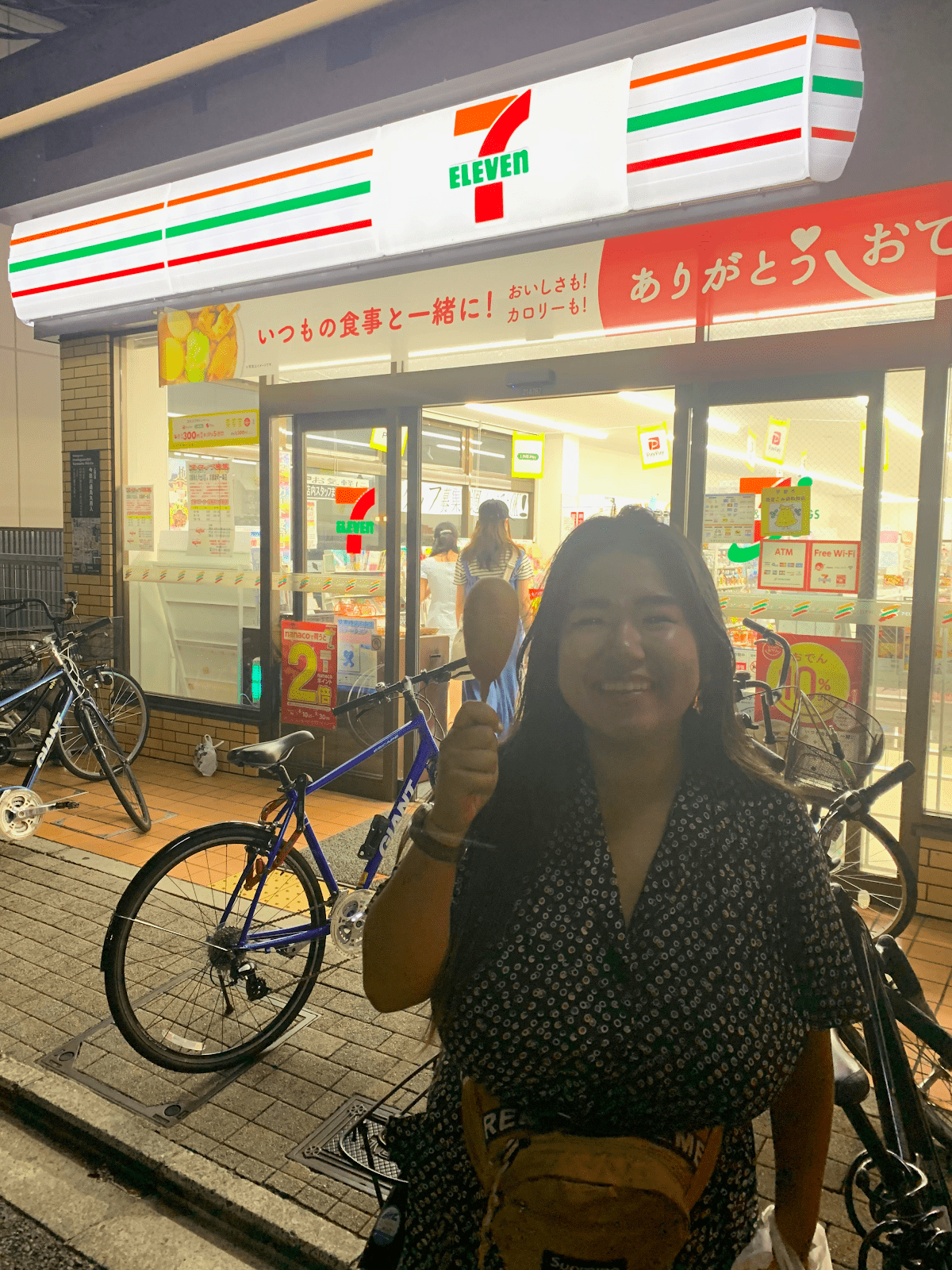Konbini- A Glimpse into Food Culture through Convenience Stores
こびに (Konbini): the convenience store. The holy trinity of Japan: 7-11, Lawson’s, and Family Mart. They’re inescapable, rounding every street corner (sometimes two right across the street from one another) of every city in Japan. Introduced in 1969, they have quickly become a staple of the Japanese diet, serving students, businessmen, and families — all different walks of Japanese life. They’re everywhere. Imagine the popularity and numbers of Starbucks, McDonalds, and CVS combined, and that is the amount of konbini that exist in Kyoto. There are over 60,000 konbini in Japan, with more opening every single day.
The thing I love about convenience stores in general is that you can really get a grasp of what the food culture of any particular country is like by entering one and walking up and down the rows of pre-made food and chips. I feel like they’re always a perfect introduction to any country.
7-11 is the most popular konbini in Japan, which might be surprising to some Americans, because 7-11 in the United States doesn’t necessarily deserve any fanfare. American 7-11s reflect a very stereotypical, albeit unhealthy, American diet. Slurpee machines, coffee, pizza, thick hotdogs, and endless refillable nachos. It may feel like the food comes straight out of a 10 year old’s fantasy, but it is a vaguely fair assessment of what American cuisine has to offer.
In my most recent trip to Singapore, I found myself constantly escaping to every 7-11 store in order to escape the heat, and in doing so became pretty intimately familiar with what Singapore’s staple foods were. In Singapore’s 7-11, the “hot items” section offered steaming bao buns, Hainanese chicken rice, mee fun, dimsum, carrot cake, and things of the like, which were all exemplary of what Singaporean dishes had to offer. Down the aisles were bags of “salted egg” flavored items (a big trend), bags of fish skin, dozens of unique flavored ramen, and a plethora of spicy schezuan items. Not to mention that everything is priced recently and the opening hours are often inordinately late (or even 24/7), perfect for the many broke college students that frequent these convenience stores. I learned so much about the country’s culture simply by stopping in every convenience store I saw, and I was excited to do the same in Japan.
Perhaps this is a bit strange, but I’d dreamed of going to a konbini for a really long time. They’re known for being a bit of a utopia. The ultimate convenience store, if you will. Japan is famous for its upstanding customer service, excellent food, and cleanliness. Apparently these virtues extend towards its convenience stores. And I know what you’re thinking- How good can a convenience store really be? I was desperate to find out. Surely, even the best convenience store is just… a convenience store?
So automatically, on my first day when I found myself cashless and stranded between Kyoto station and Doshisha University, I immediately headed to the conveniently (hehe) placed konbini. My first meal in Japan was going to be in a convenience store, and I was delighted.
I figured it would be an excellent sampling of average Japanese offerings, and a perfect way to start my blog about food. Immediately upon entering, one is always greeted with a hearty, “いらっしゃいます !” (Irashyamassu: welcome!), and there is never a single slurpee machine in sight. Immaculately clean, this 7-11 had very stereotypical Japanese convenience store options. Stocked up with おにぎり(onigiri), sandwiches of all varieties (egg salad, thick tonkotsu cuts, fruit and whipped cream, etc.), amazing ice cream flavors, and different fried products on skewers — it really felt a bit like a fantasy.

Onigiri and pre-made bento boxes
The best part was being able to see all of the traditional Japanese flavors that are difficult to find in the United States: matcha, red bean, black sesame, and so many different shrimp-flavored things.
I have only been in Kyoto for exactly two days, and I have already had four different actual meals at the konbini. The amount of times I’ve been there for just a snack is actually an embarrassingly large number (count: 12).
So I guess in a way, konbini are a bit of a utopia for me. There is something about the cold rush of air that hits you when entering a 7-11, along with the quiet hum of artificial lights as you listlessly stroll up and down the snack aisles that just really hits it home for me. This may not be heaven for everyone, but at the very least it can serve as a refuge. A safe haven of cheap snacks, deep fried items, and melon-flavored fizzy drinks.
If down the road I find out that heaven exists and somehow doesn’t have konbini, then maybe I don’t need the afterlife. For now, I’ll continue to munch on 100¥ salmon onigiri and drink my fizzy white-grape soda.




